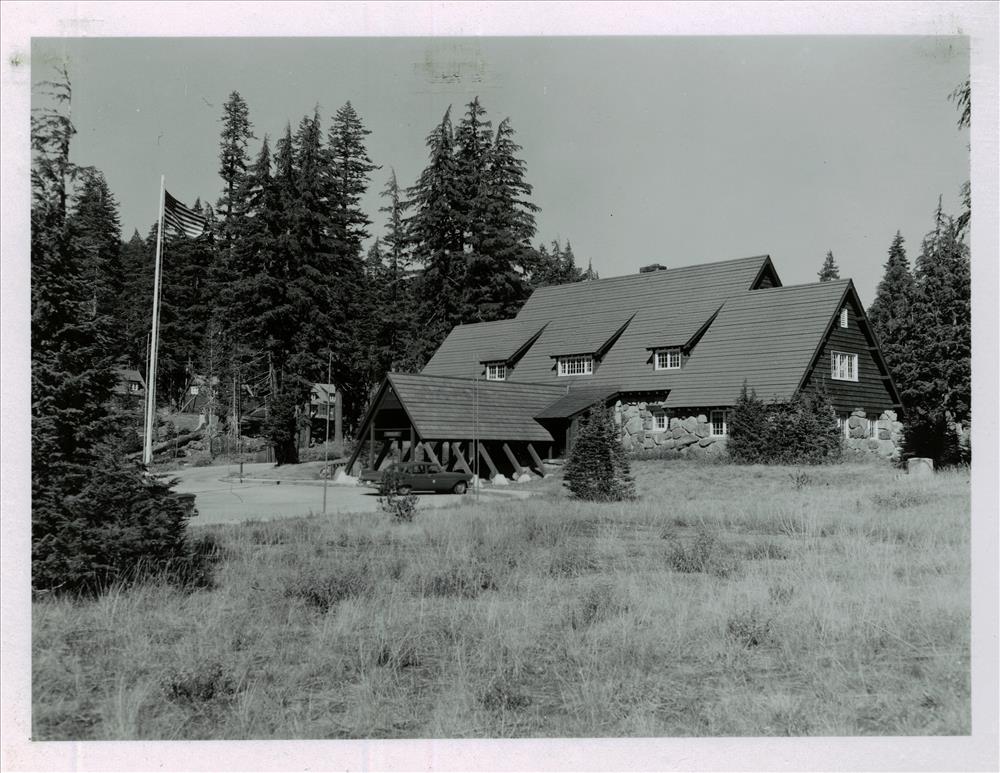I interviewed Frances Lange a couple weeks ago, one of the landscape architects in the ‘30s, and he talked about Colonel White in 1931.
Colonel White was superintendent of Sequoia two different times, as I recall. He’d been there earlier, and I think he was regional director, and spent some time in the Washington office. He was the superintendent at the time I got out of the Army. He’d also been superintendent when I was a four year old when we lived on the Keweah River. I remember a story of him coming down to the powerhouse to see the chief. The Colonel asked to see the chief and my father told the chief was away. The Colonel told my father to tell the chief that he wanted to see him. My father asked him who he was (my father was new there) and the Colonel did not like that because everybody should know him. The Colonel was back again when I went there in 1945 and I was employed as a fire control aid. He was still superintendent in the summer of 1947 at the time of the Morro Rock Fire. We’re talking more about the history of Sequoia (than Crater Lake) right now.
How did I work my way up the ladder? Well I had intended to be with the Forest Service. When my parents had moved to the area just outside the park, it was very convenient to take this job for the summer, because I intended to go back to the university that fall. I liked the National Park Service so much I decided that they treated me so well, that I decided that was where I wanted to spend my career. I did go back to the University of California in the fall. However, I met my wife in Sequoia.
Barbara (wife): That first summer.
She was a teacher working for the concessioner that summer. That fall she went back to her teaching in Riverside, I went to Fresno State College and so we commuted back and forth for that year.


